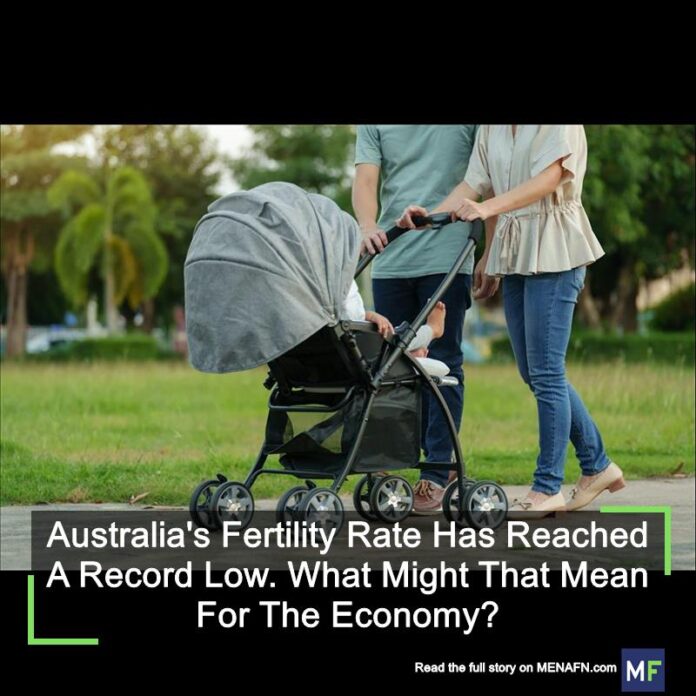MENAFN – The Conversation: Australia’s fertility rate has hit a record low of 1.5 babies per woman, far below the 2.1 needed for population replacement.
This decline may seem minor, but it has significant implications for the economy. A smaller birth rate affects workforce size, economic growth, and funding for essential services.
What�s causing these low rates in Australia and worldwide, and how could this impact our future economy?
Is a low birth rate always bad?
While fewer births can have short-term benefits, like increased savings and individual investments in education and health, the long-term effects can be adverse. An aging population could strain pensions and healthcare services, potentially stunting economic growth.
Some experts warn that fewer young people could limit innovation due to less diversity in ideas.
A global issue
The global fertility rate has decreased from 2.7 in 2000 to 2.4 in 2023, with various regions affected differently. In Australia, higher birth rates are found in regional areas, possibly due to lower housing costs and better work-life balance.
Effects of a shrinking workforce
With fewer births and longer life expectancies, the number of older Australians is increasing relative to the working-age population. The old-age dependency ratio is expected to rise from 27% now to 38% by 2063, increasing pressure on healthcare and social services.
Housing crisis
Low birth rates might seem beneficial for Australia’s housing crisis, but high real estate prices force many young adults to live with parents, delaying family planning.
Can government policies help?
While various policies like parental leave and childcare subsidies aim to encourage childbirth, many are limited in effectiveness due to women delaying motherhood until their 30s. Balancing career ambitions with family planning is crucial for success.
The path forward
Australia has historically countered low birth rates with immigration, but this alone isn’t a sustainable solution as the global pool of young workers shrinks. Technology advancements like AI may alleviate some pressures from an aging population, potentially lessening workforce demands.
![]()
`

